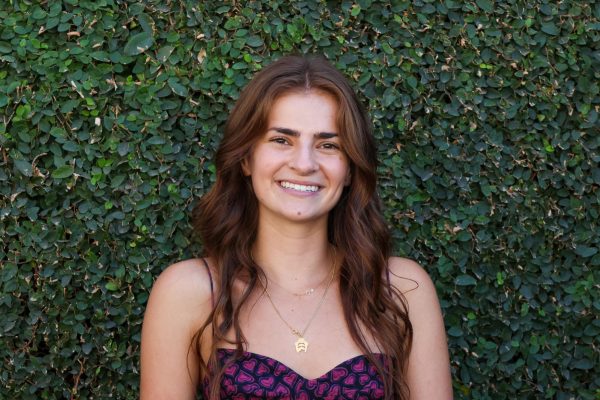Debating the new block schedule
A schedule and checklist of items are being filled out.
May 24, 2023
In sophomore year, students are asked to build a three-year plan for the classes they will take during their time at the school. Faced with a spreadsheet and suggestions from too many people about what classes they should take, the empty boxes to fill with classes feel a lot less like opportunity and more like obstacles. . Layers of complexity add to a growing pile of decisions: athletics, after-school activities, more than four hours of sleep a night. The schedule change for the 2023-2024 school year of having a rotating last block rather than the same block seven every day represents a larger problem at the school of the pressure for students to fill their schedules as a measure of their academic success, since the primary reason behind the change is student burnout by the end of the day.
The school announced that the block schedule for the 2023-2024 school year will have an alternating end period, meaning that block seven will no longer be the standing 1:45 p.m. to 3 p.m. class as it has been since the implementation of the block schedule in 2020. The stationery seventh block was originally created to ensure athletes missed less school time and for teachers traveling from the middle school to the upper school to teach specialized classes. The goal of the change was to help with end of day burnout in the same class over the course of the year. Many teachers disliked teaching seventh period classes because they had to deal with far less student engagement.
The greatest problem created by this change exists for students who play sports like baseball and softball who have long commutes to their practice fields and limited time for practice as their facilities don’t have field lights. With the new block schedule, the programs have requested putting in field lights before next season to accommodate for later practices, which will ultimately lead to extremely late end times. Since the practices can be as long as four hours, ending the day at three and having to travel in heavier traffic means some nights the teams won’t end until 8 p.m. rather than the average 6 p.m. end time. Field hockey travels up to three hours for their games, so losing the open block seven will make travel plans a much more arduous process.
Although this change negatively affects stick sport athletes, members of the schedule planning team felt the bullet had to be bit in order to solve a much more pressing issue facing much of the student population: intense end of day burnout. The sheer exhaustion students experience in a block seven class can be connected to the student body overfilling their schedules. The administration makes an effort to prevent students from taking seven classes and a directed study, but the competitive edge that some feel by taking one more AP or deciding that because they are taking a greater number of classes, they are in a better place than their peers, makes the burnout worth the grind for many students. The new schedule will prevent burnout in the same class every day, but if students continue the pattern of overfilling their days, the result will be one unproductive block per cycle for every class. What students fail to realize is that the sheer amount of classes in their schedule can take away from the overall quality of performance in those classes as evidenced by problems with block seven.
Being a successful student at the school cannot be measured by how many boxes one fills in on the three year plan sheet, but how one uses the resources given to them by the institution to make those three years as valuable as they can be. Taking six classes can be infinitely more enriching than seven if the extra block allows a student with intense extracurriculars to get homework done during the day and have a better chance for dinner with the family instead of in their rooms or even a more full night of sleep. A larger problem needs to be addressed if students are incapable of engaging in a lesson during the early afternoon, and that is the issue of feeling the need to fill boxes at the expense of a quality learning experience.
































